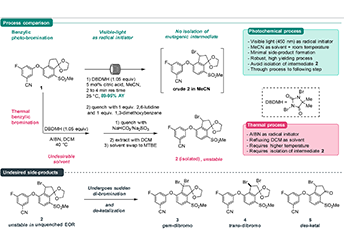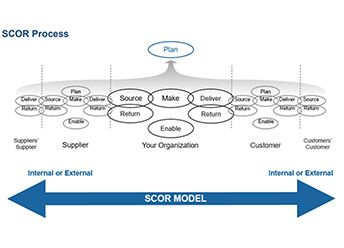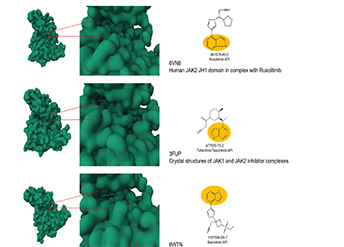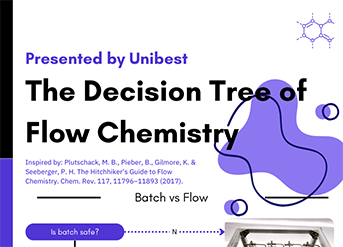

In organic chemistry, ligands are molecules or ions that bind to a central metal atom to form a coordination complex. The binding occurs through the donation of one or more electron pairs from the ligand to the metal atom, creating a stable, often highly reactive structure. Ligands can vary in size, shape, and electronic properties, which influence the reactivity and selectivity of the resulting coordination complex.
Ligands are particularly valuable in transition metal-catalyzed reactions, where ligands can modulate the reactivity, selectivity, and stability of the metal catalyst, enabling the formation of complex molecular structures with high precision.
One notable application of ligands in the pharmaceutical industry is in the development of chiral catalysts for asymmetric synthesis. By employing chiral ligands, chemists can create catalysts that selectively produce one enantiomer of a chiral compound over the other, which is crucial for the development of drugs with high efficacy and minimal side effects. Additionally, ligands are used in the design of metal-based drugs, where the ligand's properties can influence the drug's solubility, bioavailability, and pharmacokinetics.












